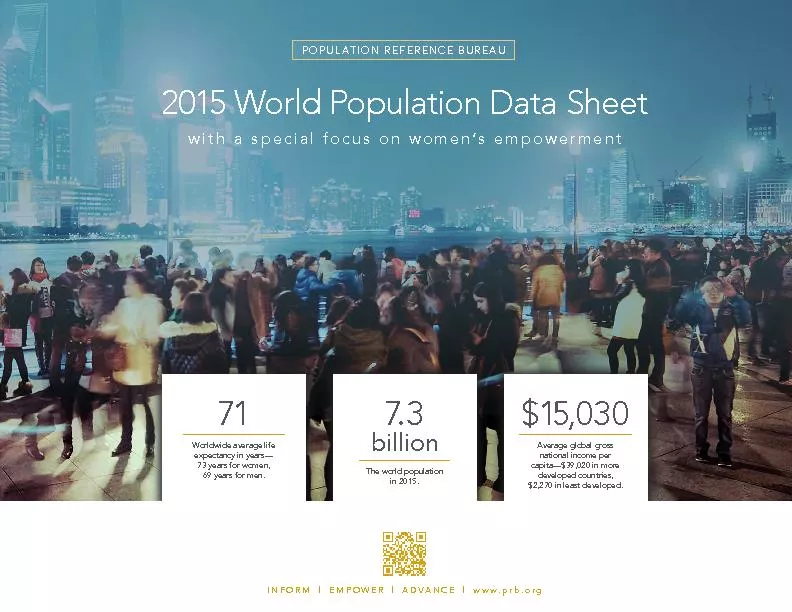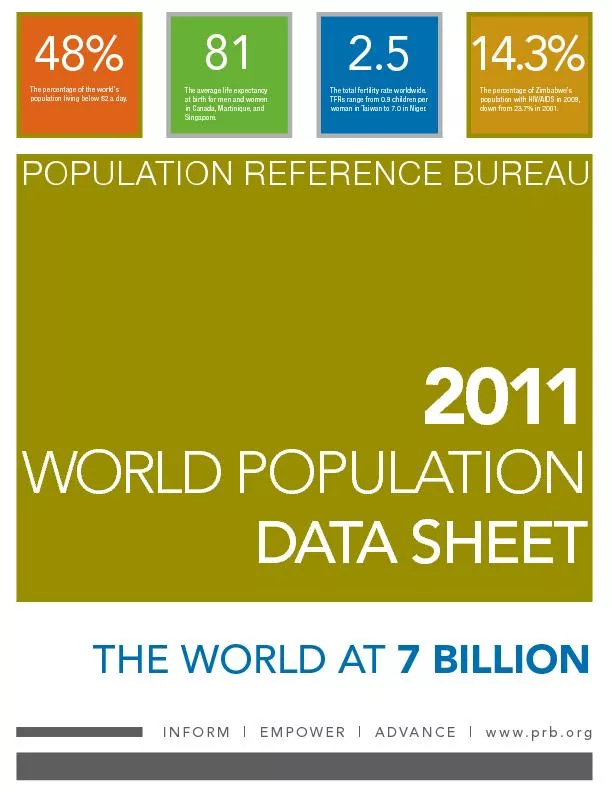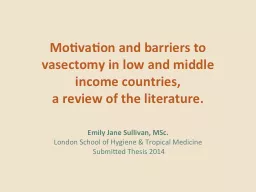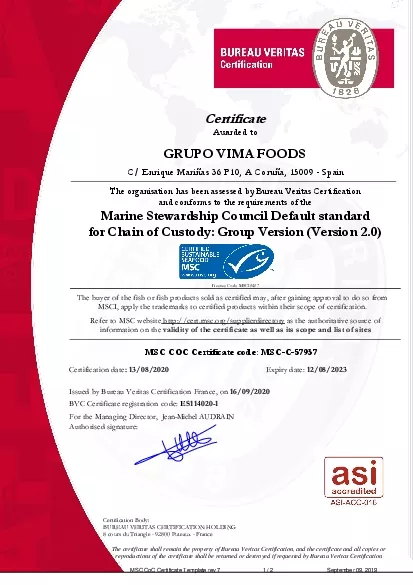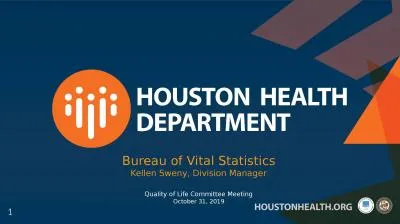PDF-POPULATION REFERENCE BUREAU
Author : natalia-silvester | Published Date : 2016-11-13
2015 World Population Data Sheet with a special focus on women146s empowerment Worldwide average life expectancy in years151 73 15030Average global gross capita15139020
Presentation Embed Code
Download Presentation
Download Presentation The PPT/PDF document "POPULATION REFERENCE BUREAU" is the property of its rightful owner. Permission is granted to download and print the materials on this website for personal, non-commercial use only, and to display it on your personal computer provided you do not modify the materials and that you retain all copyright notices contained in the materials. By downloading content from our website, you accept the terms of this agreement.
POPULATION REFERENCE BUREAU: Transcript
Download Rules Of Document
"POPULATION REFERENCE BUREAU"The content belongs to its owner. You may download and print it for personal use, without modification, and keep all copyright notices. By downloading, you agree to these terms.
Related Documents

